What Is the Smallest Country In Africa? (10 Smallest Compared)

Africa has some of the largest countries in the world. Yet it also has some of the smallest ones. Below we provide a summary of the ten smallest countries in Africa, offering insights into what makes each of them turn.
Related: What is the Largest Country In Africa?
Burundi (27,830 km2 or 10,745 sq mi)
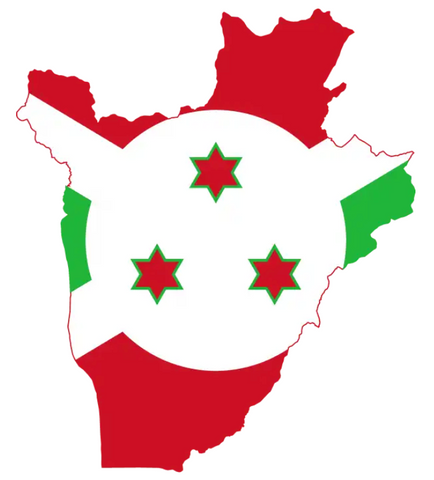
Burundi covering 27,830 km2 is the tenth smallest country in Africa. Its south-western border runs adjacent to Lake Tanganyika, one of the African Great Lakes.
The country has a population of approximately 10,557,259 people who speak to each other in French and Kirundi, the official languages and Swahili. The agriculture sector contributes 50% of the GDP and employs over 90% of the population.
Children suffer from malnutrition, they have no access to proper healthcare, education, and HIV/AIDS is prevalent. We can see why Burundi was ranked the second least happy nation in the world, they have nothing to smile about.
Rwanda (26,798 km2 or 10,347 sq mi)

Sharing borders with Burundi, Mozambique, Uganda and Congo DR makes the sovereign nation of Rwanda, the smallest landlocked country in Africa. The country is recovering from a 1994 genocide which severely crippled the economy of the country.
The economy is largely dependent on its agricultural industry, especially the production of coffee as it is the country’s largest foreign exchange earner. The tourism, manufacturing industry and mining industries are three other industries that contribute a significant amount to the GDP.
Djibouti (23,200 km2 or 8,958 sq mi)
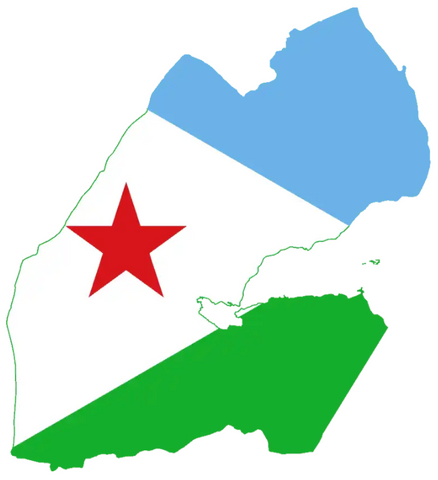
The Republic of Djibouti has Eritrea, Ethiopia, and Somalia as its neighbors and a coastline on the Red Sea and the Gulf of Aden. The population of Djibouti consists of a number of ethnicities who communicate with each other in either of the two official languages of the country, French, and Arabic.
Its economy is built around the service sector. Djibouti’s location near some of the major shipping lanes in the world has allowed it to develop a thriving transshipment hub.
Djibouti’s government is also working to decrease the high unemployment rate by making the economy more attractive to foreign investors.
Swaziland (17,364 km2 or 6,704 sq mi)
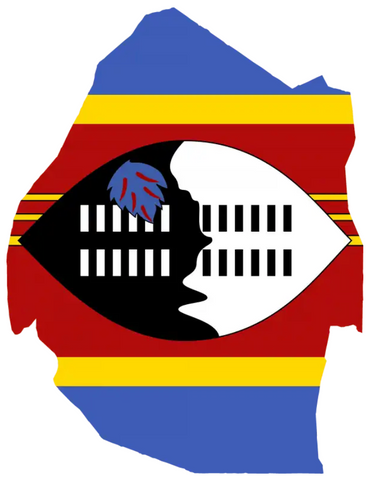
The Kingdom of Eswatini or Swaziland as you may know it is a country located in Southern Africa. It is bordered by Mozambique and South Africa. King Mswati III is the person who appoints Prime Ministers and representatives in the cabinet.
The main contributors to the country’s GDP are the agriculture, manufacturing and government services sectors. According to the GDP per capita, Swaziland is a developing country and a low-middle income earner.
Swazis are expected to live until they are 49.18 years old, the shortest estimated life expectancy in the world.
Gambia (10,380 km2 or 4,008 sq mi)

On the African mainland, the Republic of Gambia happens to be the smallest country. It is almost completely surrounded by Senegal except for its western border that is rimmed by the Atlantic Ocean.
The agriculture, fishing, and tourism industries are the pillars of the Gambian economy. The agriculture sector employs most of the population and contributes the most to the country’s GDP.
However, a third of the population live under the international poverty line and the country’s HDI Index score put it in the 'Low Human Development' category.
Cape Verde (4,033 km2 or 1,557 sq mi)

The island nation of Cape Verde is made up of 10 islands off the coast of West Africa. Covering 4,033 km2 it is the fifth smallest African country but the largest of Africa’s island nations.
The commerce, transport, public services, and agriculture and fishing industries employ the country's 512,000 inhabitants. Its stable political climate makes the country very attractive to foreign investors who are developing the country’s tourism sector.
The citizens of Cape Verde enjoy the highest standard of living in the African region. Because of this, nationals from other communities migrate to the island nation to seek a better life.
Comoros (2,235 km2 or 863 sq mi)
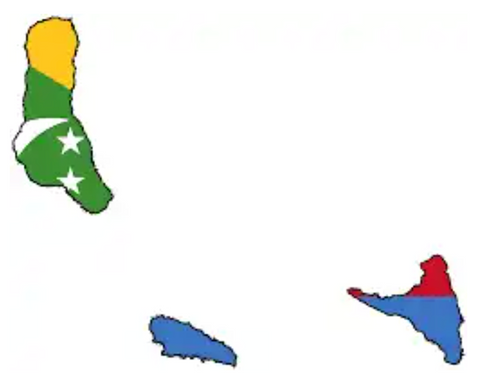
The Comoros is an island nation made up of three islands. The islands form from underwater volcanic eruptions take up 2, 235 km2 of land space making Comoros the fourth smallest African country.
Its 798,000 citizens live in constant political upheavals. The political instability hinders the growth of its largest industry, agriculture. Unemployment is high and more than half of the population live below the poverty line.
Having a Gini Coefficient of over 60%, the Comoros has the largest gap between the rich of all nations in the world.
Mauritius (2,040 km2 or 788 sq mi)

Approximately 8 million years ago, underwater volcanic eruptions formed Mauritius some 2000 km off the southern coast of Africa in the Indian Ocean. Mauritius is today the third smallest country in Africa covering just 2,040 km2.
Did you know that: The island of Mauritius was the only habitat of the now extinct Dodo Bird? The island is bordered by sandy, white beaches and lagoons and its interior are filled with wildlife, flora, and fauna that are indigenous to the country.
The population of 1,264,000 people works in the tourism, financial services, textile, hospitality, communication, renewable energy industries. With such a diversified economy, Mauritius has one of the highest GDPs per capita in Africa.
The government provides a good climate for doing business and investors. The World Bank ranked the economy the 8th most free economy the world.
Sao Tome and Principe (964 km2 or 372 sq mi)
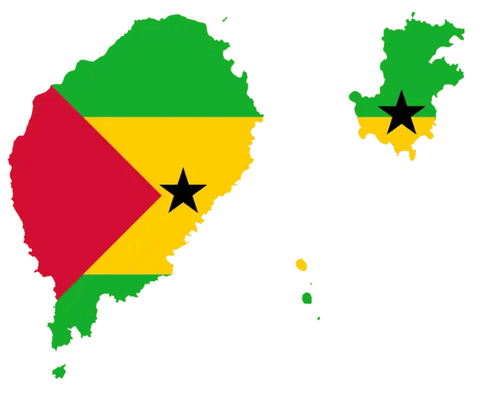
The Democratic Republic of Sao Tome consists of two main islands, Sao Tome and Principe surrounded by a group of smaller islands. Portuguese is the language of its 192, 993 inhabitants.
It is the second smallest country in Africa and the smallest Portuguese speaking country in the world. At one point in its history, the country had been the largest producer of cocoa in the world but has since seen a significant decline in production.
Cocoa, however, remains the main crop of Sao Tome and Principe and is its largest exporter. The government is looking to develop its economy with tourism and is hoping to discover oil deposits soon.
The smallest African country is . . .
Seychelles (451 km2 or 174 sq mi)
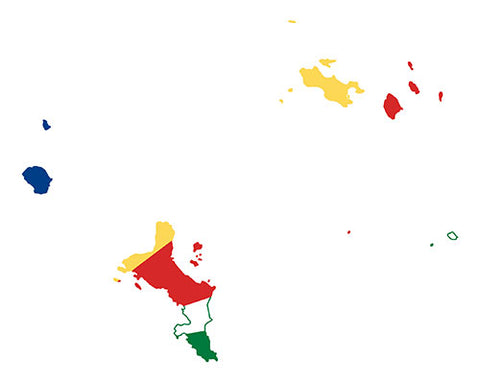
The Republic of Seychelles, covering just 451 km2 and having a population of 92,000, is the smallest African country. The sovereign nation of Seychelles consists of an archipelago made up of 115 islands that lie 1500 km off the coast of East Africa.
The tourism sector is one of its largest foreign exchange earners and employers. The population is a melting pot of ethnicities reflected in the cuisine and culture of the country.
This little country has one of the highest GDP and Human Development Index in Africa. Despite this, wealth is only the privilege of a few and so a majority of the population live in poverty.
What to read next: Most Populous African Countries

